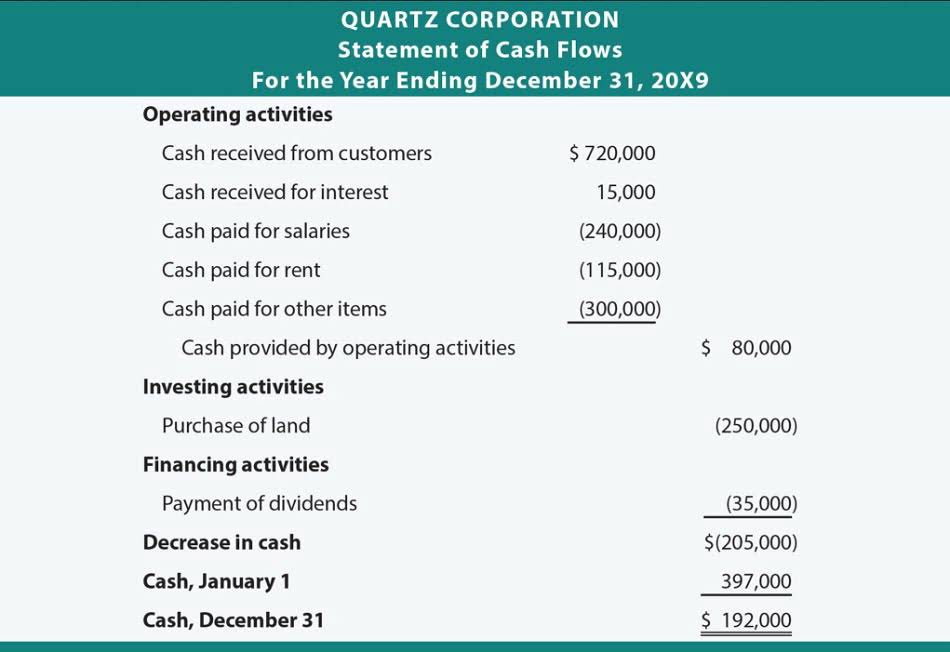
The payment is entered on November 20 with a debit of $2,400 to prepaid insurance and a credit of $2,400 to cash. As of November 30, none of the $2,400 has expired and the entire $2,400 will be reported as prepaid insurance. A business spends $12,000 in advance for liability insurance coverage for the next twelve months. The company records this expenditure in the prepaid expense account as a current asset.

Credits & Deductions
The National Association of Insurance Commissioners (NAIC) compiles an index of complaints about insurance companies. The NAIC then compares the number of complaints to the insurance company’s market share. Deductibles can apply per policy or claim, depending on the insurer and the type of policy.
Types of Insurance

Policy terms, agreed upon by the insurer and the insured, specify the details of the coverage, exclusions, and duration of the policy. Deductibles refer to the out-of-pocket amount the policyholder must pay before the insurance coverage kicks in. Coverage limits establish the maximum amount the insurance company will pay for covered claims, shaping the level of financial protection offered by the policy. A company’s property insurance, liability insurance, business interruption insurance, etc. often covers a one-year period with the cost (insurance premiums) paid in advance.

What Should Policyholders Know About “Endorsements”?
The components of insurance expense typically include the insurance premium, policy terms, deductible amount, and coverage limits that outline the extent of financial protection provided by the insurance policy. These expenses are generally considered necessary for the protection of the business and are part of the cost of operating a business. For an individual, insurance expenses can be for health insurance, life insurance, auto insurance, home insurance, and more. Insurance expense refers to the cost incurred by a business or an individual for obtaining insurance coverage. These costs are paid as premiums to an insurance company and are typically accounted for as expense items in the entity’s financial statements. Businesses obtain insurance policies for field-specific risks, For example, a fast-food restaurant’s policy may cover an employee’s injuries from cooking with a deep fryer.
Example of Prepaid Insurance
The insurance provider charges an annual fee, called a premium, which will cover the business for 12 months. By the end of this article, you will have a comprehensive understanding of insurance expense and how to control it to ensure financial stability. Loss adjustment expenses can include the costs of adjusters, investigators, attorneys, mediators, and more. It’s important to note that the specifics can vary depending on the accounting policies of the company and the applicable accounting standards. The federal government no longer requires Americans to have health insurance, but in some states, such as California, you may pay a tax penalty if you don’t have insurance.
What Are Allocated Loss Adjustment Expenses (ALAE)?
The cost of insurance is determined by factors such as the coverage limit, deductible amount, the insured party’s age, lifestyle, and health condition. Delve into the intricacies of insurance expenses in detail, understanding Accounting Periods and Methods the key components crucial for effective financial management. Businesses allocate resources to ensure uninterrupted protection, reducing the financial impact of unexpected events. Although there are many insurance policy types, some of the most common are life, health, homeowners, and auto. The right type of insurance for you will depend on your goals and financial situation.
- These payments are allocated over the policy term to match the coverage period, ensuring accurate financial reporting.
- Policy providers usually offer riders to increase coverage for specific properties or events and provisions that can help reduce deductible amounts.
- An example of insurance expense is a business purchasing property insurance to protect against potential losses of physical assets such as a building or equipment due to events like fire, theft, or natural disasters.
- Insurance expense is the amount that a company pays to get an insurance contract and any additional premium payments.
- Insurance expense is important in finance because it is a necessary cost for protecting against potential financial losses.
- Most individuals in the United States have at least one of these types of insurance, and car insurance is required by state law.
Example of Payment for Insurance Expense
- The same applies to many medical insurance companies—they prefer being paid upfront before they begin coverage.
- There are various types of insurance coverage available to cater to different needs, such as life insurance, health insurance, property insurance, and automobile insurance.
- If the retailer has incurred some insurance expense but has not yet paid the premiums, the retailer should debit Insurance Expense and credit Insurance Premiums Payable.
- This insurance can also be known as public liability insurance and protects against financial loss resulting from other people’s property damage, injuries to people and medical costs, lawsuits and more.
- Insurance companies typically use statutory accounting instead of generally accepted accounting principles (GAAP) accounting to calculate their expense ratios, as statutory accounting yields more conservative ratios.
Although the expenses are the same in both ratios, statutory accounting uses the net premiums written during the period in the denominator to get the expense ratio. Nearly all businesses will face some type of insurance expense in order to protect their operations in the event of unforeseen adverse events. However, the most common three types are often bundled together as one package for businesses’ liability, casualty, and property insurance policies. When you are tracking accounts payable your insurance journal entry will be different to the ones shown further up this page.
- Life insurance companies that use in-house employees for field adjustments would report that expense as an unallocated loss adjustment expense.
- This same adjusting entry will be prepared at the end of each of the next 11 months.
- The one-year period for the insurance rarely coincides with the company’s accounting year.
- Casualty and liability insurance deals mainly with the company’s workers and anything that may happen to them while they are working.
Property/Liability/Casualty Insurance
In each of the next 12 successive months, the business charges $1,000 of this prepaid asset to expense, thereby equably spreading the expense recognition over the coverage period. The policies are intended to cover not only its property and products but also to protect its workers. Unexpired premiums should be listed as prepaid insurance, which is listed in an asset account. Endorsements require the policyholder to reimburse the insurance company for loss adjustment expenses. To illustrate prepaid insurance, let’s assume that on November 20 a company pays an insurance premium of $2,400 for insurance protection during the six-month period of December 1 through May 31.
Generally speaking, what is insurance expense a combined ratio in the range of 75%-90% over the long run is considered healthy. Julia Kagan is a financial/consumer journalist and former senior editor, personal finance, of Investopedia. An employee who chooses to participate in an FSA can contribute up to $3,300 through payroll deductions during the 2025 plan year.
